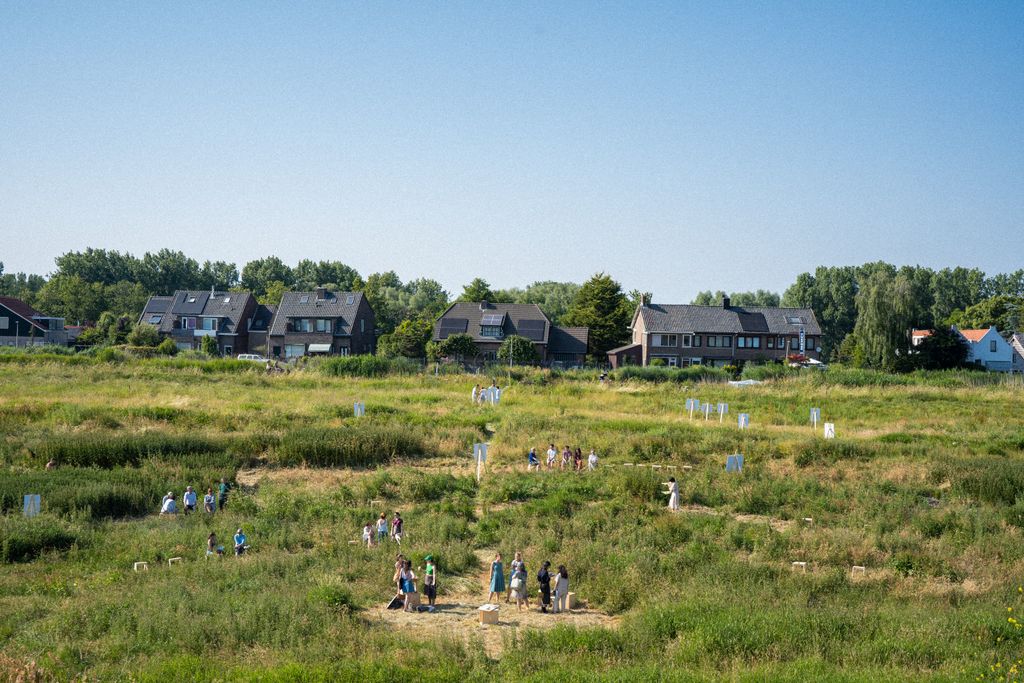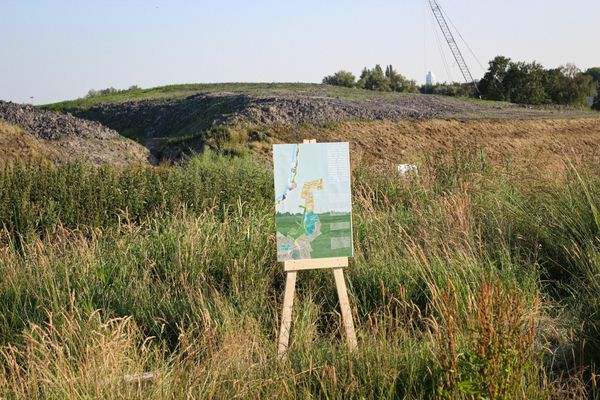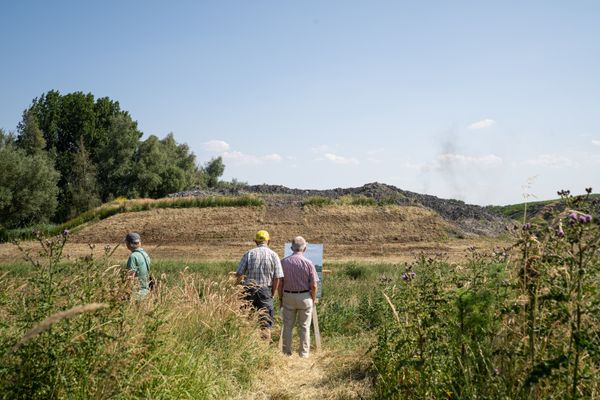Rotte scale
The land of Chabot is positioned on the transition between urban and rural. The Rotte Park is fractured into different functions like agricultural recreation, nature, water recreation etc. So is the land of Chabot fractured into these functions. However, a strong emphasis is placed on cultural experience in the land of Chabot.
(scroll down...)
This polder landscape is the source of the Rotte. For centuries windmills have pumped water out of the polders into the river. Even though an electric pumping station has taken over the function now, the “viermolengang at Zevenhuizen is still there as a heritage of this land. While we follow the meandering dike of the Rotte we have a wide view over the vast landscape of open fields.
While the waterbodies here have been made for sand extraction (Zevenhuizerplas) and water storage (Willem Alexander Baan) they have been seamlessly integrated into recreation. From top sports to leisure boating. These water bodies expand our horizon and reflect the sky, giving all visitors an escape from the city.
In this area we find man-made hills and forested areas. With many kinds of recreational activities possible. The height differences and planting create a diverse landscape with closed spaces and some long views. With enough space for nature all along the Rotte and the agricultural landscape behind it.
A landscape at the city's edge. It is a leftover, a result of urban transformation. Positioned in between areas of agriculture, nature, the Rotte and the city. This creates opportunities for informalities to happen, for those who want to try something different, who want to hide from city stimulation. Land van Chabot is where diversity can come together. This open space at the edge of the built-up area offers a great place for cultural and social activities.




